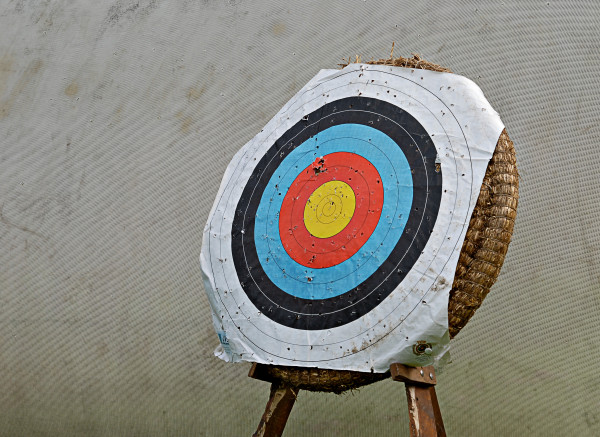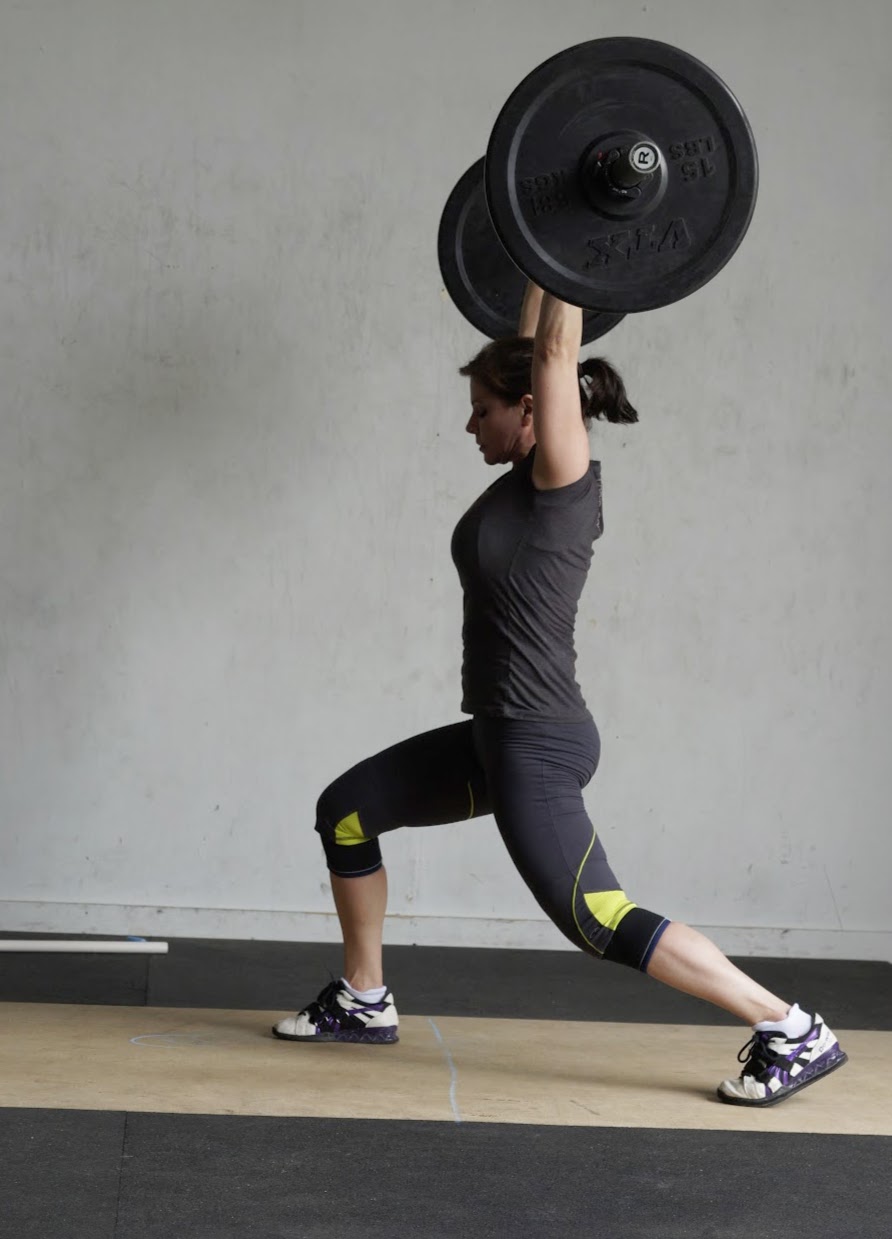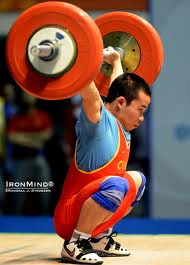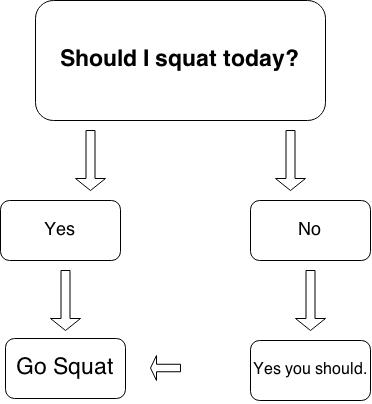What did you do on New Year’s Eve?
In Judaism, we believe that what you do on Rosh Hashannah, the Jewish New Year, sets the tone for the rest of the year.
So my year is going to be awesome because this year (albeit on the Gregorian calendar’s NYE), I spent the end of last year and the beginning of this year in camp. Weightlifting camp. Lifting weights three times per day.
It all started when I got an email from the Weightlifting Academy in Asheville, NC. Nick Horton made an offer I couldn’t refuse: two days of an introductory seminar on how to do the basic lifts and then 5 days of three/day sessions of two or so hours each. The clincher for me – he said this was the experience for you if you secretly wished you could train like this all the time.
And, yeah, with all my heart, I really do wish that.
So off I went to beautiful NC. I’ve never been in the Southeast for any length of time before and I’ll say it is magnificent. The mountains surrounding Asheville are beautiful, the people are more interesting than almost anyplace I’ve ever been (and I grew up in NYC) and the food was fabulous. Where have cheesy grits been all my life?!?
But what was really great was the lift-eat-sleep-lift-eat-nap-lift-eat again cycle.
There’s so much I learned in this week that it’ll take several posts to encompass it. But here’s the biggest and the best.
I can do much more than I ever thought I could do.
I’ve done two-a-days when at the OTC this past summer, but only for 5 consecutive workouts. This took a whole ‘nother level of ovarian fortitude.
One of the very first things Nick Horton talked about was the myth of overtraining. His philosophy: “more is usually better (maybe not in chromosomes, but certainly in training).” To paraphrase Matt Perryman, if you lived in a communist country where the lives of your family depended on your medaling at an international event, would you train twice a day, every day, or would you train three times per week? With the right motivation, you can do what you have to do to be better than you are today.
But what’s your motivation? There were many years when I wanted to look better in a bikini. Now I have a far, far fiercer drive to put weight on the bar, to lift more tomorrow, more at the next meet, to brush up against national masters records. And to achieve this I need to not be afraid. Not be afraid of failing at an attempt, at failing in front of a crowd at a meet. Not be afraid of large weights held precariously over my head. I need to realize that yeah, I’m going to be sore. And to trust myself to know the difference between sore and injured and when I actually need to pull back.
I need to be focused and committed. That means not making excuses for skipping a workout just because I feel kinda meh. I PRed my front squat by 8lbs in the morning session on day 6 and it was a lot prettier than my previous lower PR. Did I feel meh? Hell yes, I felt like shit. My quads were ready to secede from the union and my knees were no longer on a speaking basis with the rest of my body. But I still PRed my squat with big girl red plates. Little, tiny, old me and all before breakfast.
So back to the big lesson. I can do much more than I ever thought I could do. Succeeding at this level of volume, making PRs in front and back squats, snatch and clean means that I am a stronger, better person than I thought I was. Going forward I’m just a little more confident. I’m able to pull that bar off the floor with a new level of commitment, not the, “oh gee, I hope I make this” wishy washy attitude I used to have.
No joke, the day after my PR snatch I was putting my previously very difficult PR over my head. Why? Because on that day, I was now a lifter who could snatch 3kgs more. So pssssshhhht that old PR was now just a ramp up weight. The difference is utterly psychological. And the greatest gift I could have received from my week at Asheville Strength.





